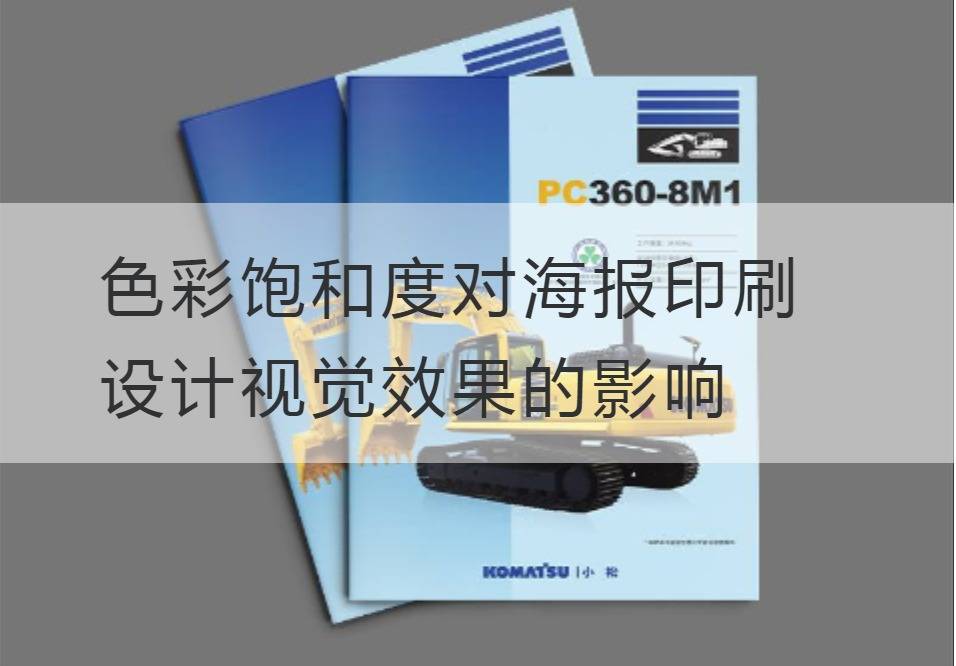Influence of Color Saturation on Visual Effect of Poster Printing Design
Color saturation plays an important role in the design visual language. A poster, a painting, and even a set of trademarks, the combination of dark and dark colors, are the colorful and gorgeous world painted by the designer with fine brush strokes. This paper is devoted to exploring the influence of color saturation on the visual effect of poster printing design.
The term "color saturation", in the definition of the CIE color space, refers to a measure of color purity, that is, the intensity or cleanliness of a color in the visual mileage, which can increase or decrease the saturation of a color by blending more or fewer colors into gray. Color saturation, as an important element of the language of visual culture, holds enormous power, both in advertising and in innovative design to combat visual fatigue.
Oversaturated colors can make the poster print look too vivid, and undersaturated colors can make it look bland. This balance between extreme coldness and extreme warmth makes color saturation more important to visual design than ever before.

Yet it is not just balance that shows its impact. On the level of color saturation, designers must also understand what kind of color collocation can make people's eyes stay, what kind of color presentation can cause deep emotional resonance. This is an important part of color design as a segment of the blend of art and science.
In this CMYK chromaticity space, the color and grayscale of each point has its own numerical value, such as "C" for cyan, "M" for magenta, "Y" for yellow, and "K" for black. In this complex but high-precision parametric design context, color saturation juxtaposition with hue and luminance becomes the core element of shaping visual perception and emotional experience. Using these parameters, the designer has the ability to create a variety of refreshing visual effects that allow the viewer to find connection and resonance in a sea of color.
Based on the above discussion on the influence of color saturation in poster printing design, we have to mention its role in visual marketing. The goal of a poster, no doubt, is to attract and retain the attention of consumers. High saturation colors can break visual patterns and catch consumers' eyeballs; Contrasting color designs create a powerful visual impact that directs consumers to key messages.
However, an important design principle is that the use of color saturation is closely related to the positioning of the product or brand. For example, luxury brands may choose low-saturation colors to reflect their unique exalted temperament; Youthful brands may choose highly saturated colors to reflect their vibrant brand image.
In conclusion, color saturation is definitely a poster.Print DesignA key factor in . It is an international and powerful visual language, a mysterious force that gives the soul of the work. Designers need to have the understanding and mastery of the depth of color saturation to truly master the language in order to create a deeply moving aesthetic effect in the design.
Recommended Reading:
Impressive: Imprint and Memory in the Design of Enterprise Calendar
Application and collocation of color in enterprise desk calendar design
Classic and innovative to create a unique corporate calendar design



